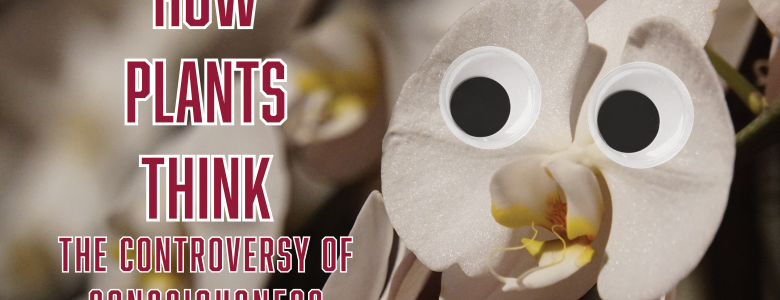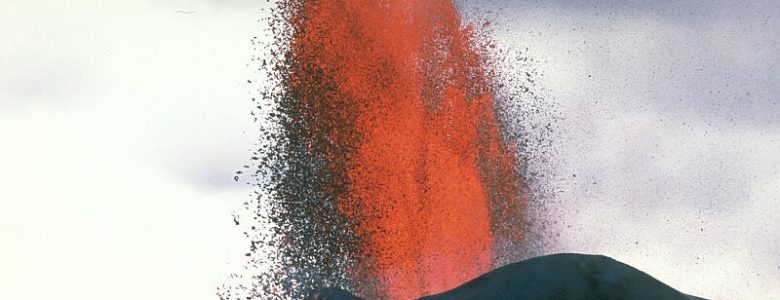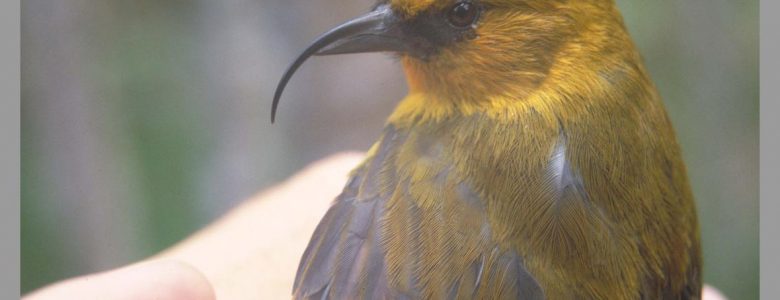December 18, 2019
Fake Trees Won’t Appease Millennials

For millennials, it ain’t a Christmas tree unless it really sheds and breathes. According to a recent Value Penguin survey in the United States, millennials are 82 percent more likely to buy live Christmas trees than baby boomers.
However, an artificial tree is generally $513 cheaper than a real tree. While it may not be the more economical choice, it’s still the more environmental choice, says the National Christmas Tree Association.








